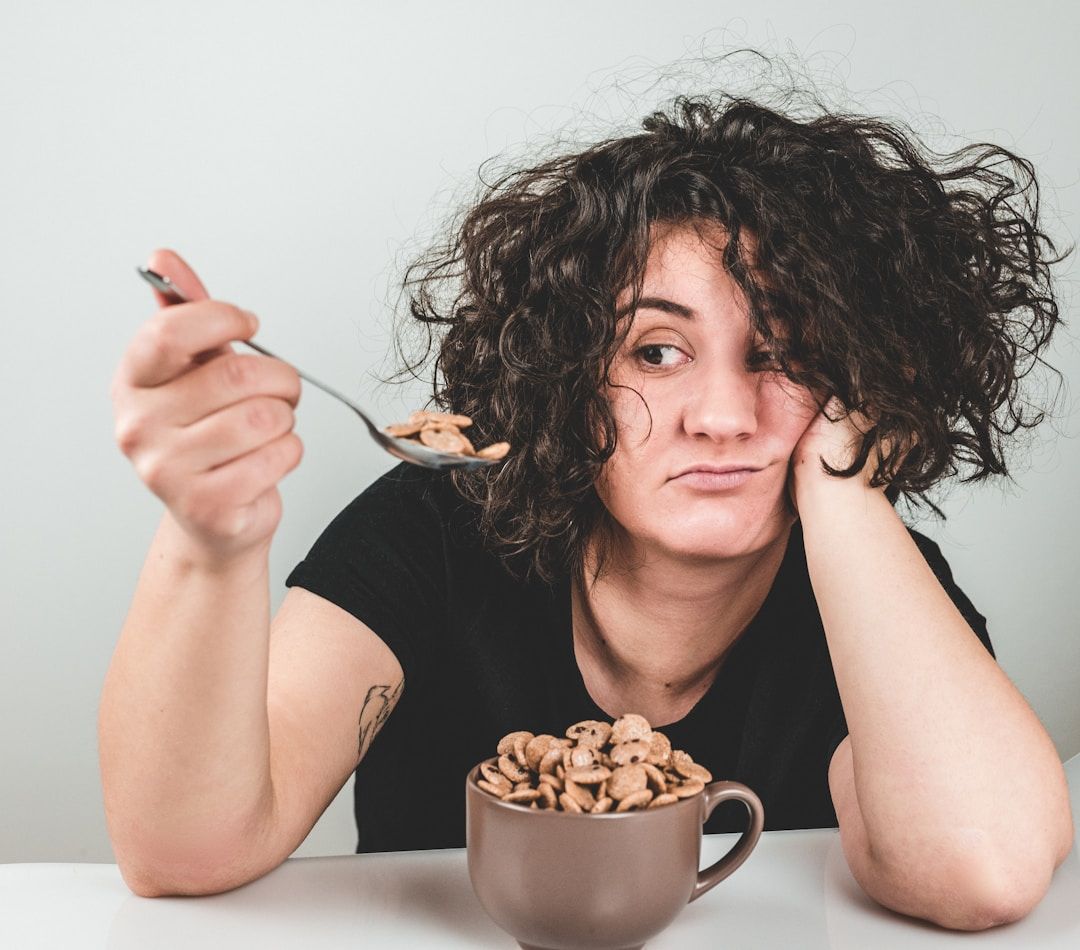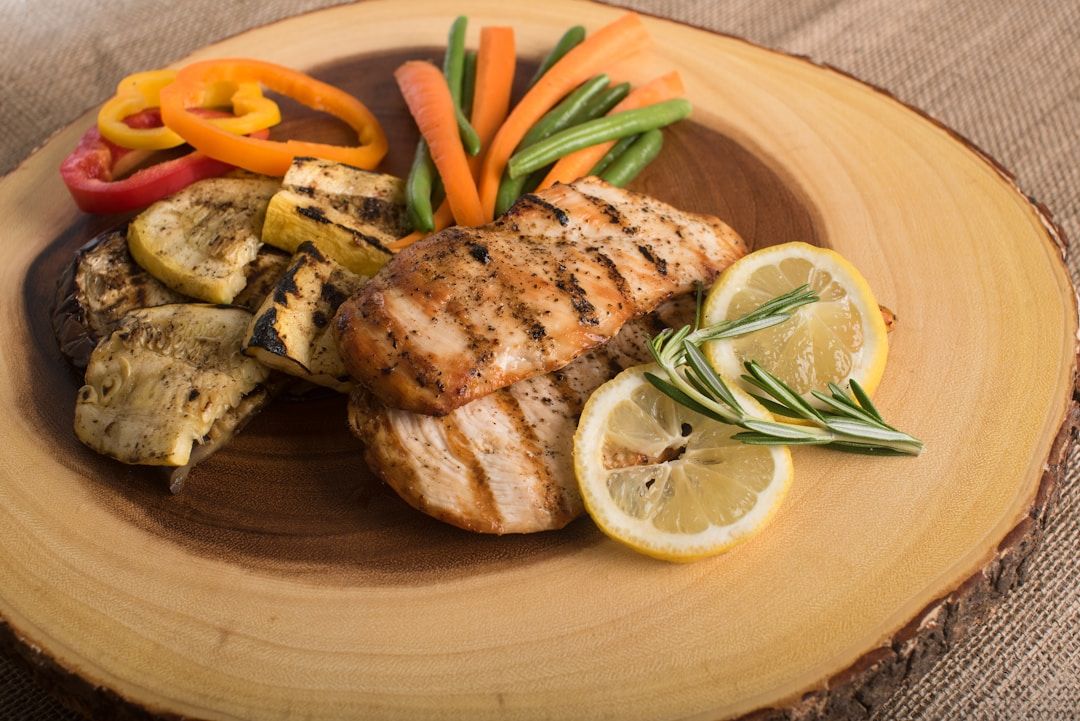If you’re taking a GLP-1 medication like Wegovy®, Zepbound®, Mounjaro®, or compounded semaglutide and finding yourself with zero appetite, you’re not alone. In fact, one of the main mechanisms that makes GLP-1s so effective for weight loss is their ability to suppress hunger. But what happens when that appetite suppression goes too far?
In this post, we’ll break down why you’re suddenly not hungry—and more importantly, how to make sure you’re still getting the nutrients your body needs to stay healthy, energized, and strong throughout your GLP-1 journey.
GLP-1 (glucagon-like peptide-1) receptor agonists work by mimicking a natural hormone in your body that regulates blood sugar, slows gastric emptying, and signals fullness to your brain. This means food stays in your stomach longer, your insulin response is better controlled, and you feel satisfied faster—and for longer.
But for many people, this effect becomes extreme, especially in the early weeks of treatment or after a dose increase. You might forget to eat altogether, feel full after just a few bites, or even experience nausea at the thought of food.
While this might sound like the dream for weight loss, long-term health depends on what and how much you eat—not just how little.

It might be tempting to ride the appetite suppression wave, but under-eating can backfire in serious ways:
- Muscle loss – Without enough protein and calories, your body can start breaking down muscle tissue instead of fat.
-
Nutrient deficiencies – You risk falling short on essential vitamins, minerals, and fiber.
-
Fatigue and brain fog – Low fuel = low energy, especially if you're skipping carbs entirely.
- Plateaus – Ironically, under-eating can stall your weight loss as your metabolism slows to compensate.
Bottom line: Just because you’re not hungry doesn’t mean your body doesn’t need fuel.
Here’s how to support your body—even when your appetite disappears:
1. Focus on Mini Meals, Not Big Plates
When large meals feel overwhelming, try smaller, more frequent portions. Aim to eat something every 3–4 hours, even if it's just a few bites.
Examples:
-
Half a protein bar and a handful of berries
-
One boiled egg with a few crackers
-
Greek yogurt with chia seeds
2. Prioritize Protein First
Protein is critical for preserving muscle, regulating blood sugar, and feeling full. Even when you’re not hungry, small amounts of protein go a long way.
Goal: 60–100g per day, depending on your weight and goals.
Easy protein-packed choices:
-
Fairlife® protein shakes
-
Cottage cheese + fruit
-
Turkey roll-ups
-
Eggs or egg bites
-
Edamame
3. Make Food Easy on Your Stomach
Nausea or fullness might make heavier foods hard to tolerate. Stick to foods that are:
-
Soft or blended (e.g., smoothies, soups)
-
Warm (e.g., broths, oatmeal)
-
Not too greasy or spicy
Tip: Ginger tea, peppermint, or electrolyte drinks like LMNT can also help settle your stomach.
4. Use Snack Pairings to Boost Nutrients
If you can only eat small amounts, make those bites count.
Try pairing:
-
Protein + carb: cheese + apple, peanut butter + banana
-
Protein + fat: hard-boiled egg + avocado
-
Protein + fiber: edamame + cherry tomatoes
These combinations help stabilize blood sugar and keep your body fueled without relying on large meals.
5. Set Alarms or Visual Reminders
If you’re going hours without food because you forget, set gentle reminders on your phone or smartwatch. Leave a water bottle and a small snack on your desk or in your bag. Think of these as fuel stops, not chores.
You’re not failing. This is a common phase, especially in the first few months. But if you're skipping meals consistently or losing weight too rapidly, it’s worth checking in with a provider. You might need:
GLP-1s work in part by reducing appetite—but not eating enough can backfire on your long-term success. Even if you’re not hungry, your body still needs protein, nutrients, and energy to stay strong.
This phase doesn’t last forever. Appetite typically normalizes over time, especially if you stay consistent with your nutrition. By planning smart mini-meals and prioritizing small but mighty snacks, you can support your weight loss and your health.





